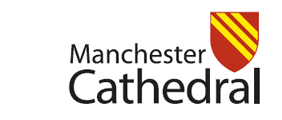2021 was a major anniversary for Manchester Cathedral
Manchester Cathedral, the Collegiate Church of St Mary, St Denys and St George in Manchester
2021 marked the 600th anniversary of the Royal Charter to establish what became Manchester Cathedral, the Collegiate Church of St Mary, St Denys and St George. Read below for a brief overview of the story that we have to tell and why not have a look at our timeline.
The Cathedral had originally planned a major programme of events to mark our 600th anniversary, but in view of the disruption of so many people’s lives by the pandemic, it was decided to defer the major anniversary celebrations to 2022 and beyond.
For 2021, a reduced programme of lectures and other historical events took place. These included a series of lectures on the six centuries since 1421, delivered in partnership with the Manchester Lit and Phil Society and the launch of a major History of Manchester Cathedral, published by Manchester University Press.
A lot has happened in 600 years...
Click on each section to learn more:
The settlement of medieval Manchester...
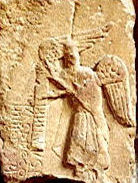
The settlement of medieval Manchester grew up on the spur of land bounded by the rivers Irk and Irwell about a mile to the north of the Roman fort at Castlefield. Today it is the site of the Cathedral and Chetham’s Library and School of Music. The medieval settlement may have had Saxon origins with a wooden church, but by the Domesday survey in 1086 it had a church of St Mary on the same site as the present Cathedral. Little is known about the church, but a small sandstone carving of an angel with a scroll, found embedded in a wall of the old south porch of the Cathedral, may have come from there. It is now on display in the cathedral.
The Hanging Bridge
The remains of the Hanging Bridge that can be seen in the Visitor Centre dated from the medieval periods, though there are clues that the visible bridge was orignally a natural platform to connect the church with the town. The video below shows the long process of unveiling the bridge, allowing it to be seen in the basement.
Around 1075...
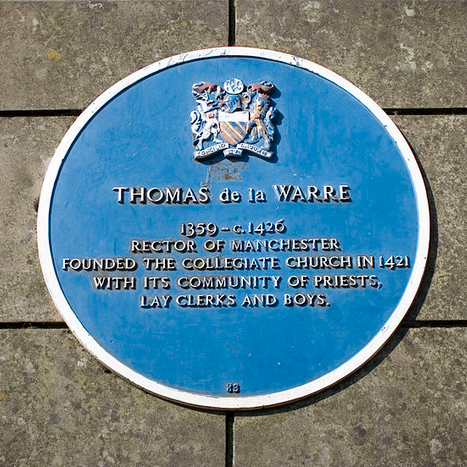
is displayed outside the Cathedral
Around 1075, King William the Conqueror gave the land between the River Ribble and the River Mersey to Roger de Poitou. He, in turn, gave the Manor of Manchester to the Greslet family who became Barons of Manchester. St Mary’s was built beside their manor house, now part of Chetham’s School of Music. The Greslets extended or rebuilt the church in around 1215 before the estate passed to the de la Warre family in 1311. In about 1350 the church was again extended so that it was the same length as the present church, but much narrower. At the end of the 14th century Thomas de la Warre became both Rector of the church and fifth Baron of Manchester.
In 1421...
In 1421, King Henry V made the parish church a Collegiate Foundation dedicated to St Mary, St Denys and St George. The College was established by royal charter, with a warden, eight fellows, four singing clerks and eight choristers. The original charter is held in the Muniments Room of the Cathedral and a replica is on display on a pillar below the Jesus Chapel.
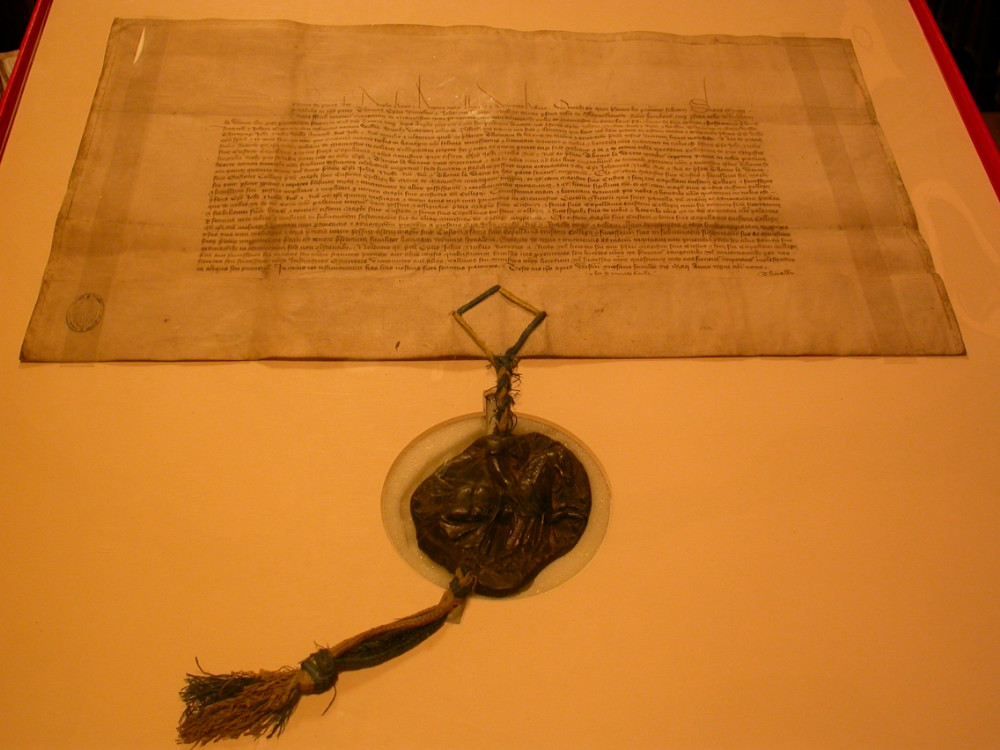
In 1426...
When Thomas de la Warre died in 1426, he left £3,000 to be used in the buildings of the foundation. Most of this was used to convert the baron’s hall into a house for the fellows of the College to live in.
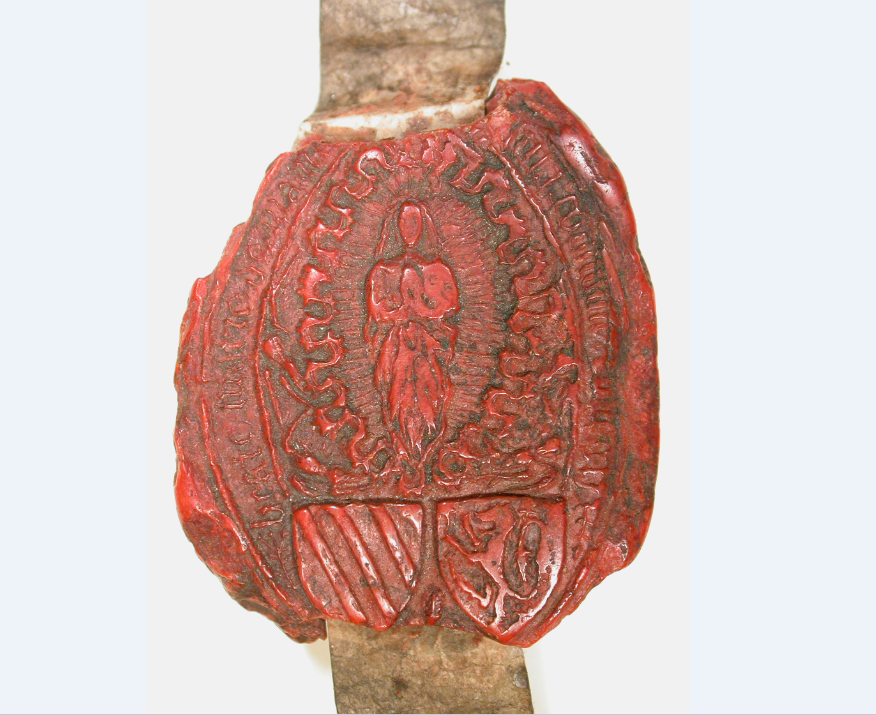
In the sixteenth century...
In the centuries that followed, the Collegiate Church was built and rebuilt under the leadership of successive wardens and fellows. In particular it was widened by the addition of chantry chapels and acquired elaborate carved choirstalls and ceilings. In the 16th century the Church underwent a period of change and uncertainty, beginning when Henry VIII ordered an inventory of the goods in all ancient churches. In 1547 the College was dissolved and chantries discontinued. Three years later Edward VI undertook another inventory and all the church plate was confiscated. In 1557 the college was re-established as a Roman Catholic foundation by Mary I, but in 1578 was again re-founded by Elizabeth I with a new charter as the protestant College of Christ. The Church was ransacked during the Civil War in 1649.
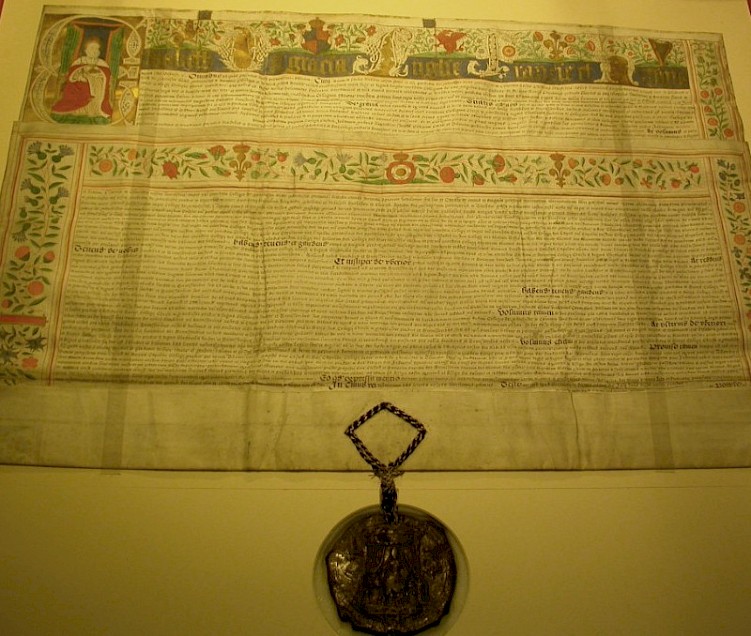
In 1847...
Mary, St Denys and St George, and a period of major restoration and building work commenced. Several additions were made, including new north and south porches, a baptistry extension, library annex, refectory and choir school. In 1864 the original tower which had fallen into disrepair was demolished and a new tower, identical to the old one but six feet taller, was formally opened in 1868. The Victoria Porch below the tower was built in 1897 to mark Queen Victoria’s Diamond Jubilee and adorned with a sculpture of the Queen carved by her daughter, Princess Louise.
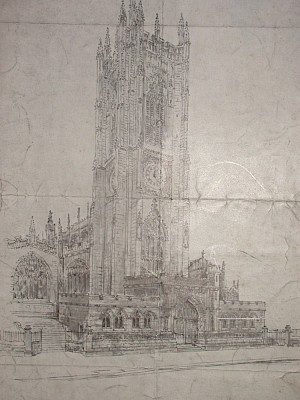
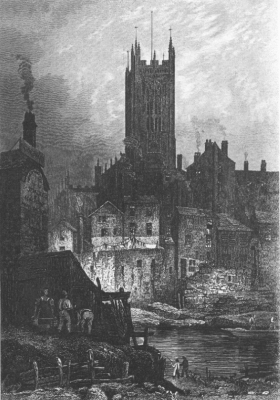
More recently...
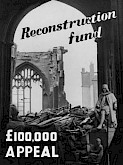
Fund advert
In December 1940, German bombing destroyed much of the north-east side of the Cathedral and damaged the rest extensively. The medieval Lady Chapel and James Stanley’s chantry chapel were destroyed, as well as all of the Victorian stained glass. Restoration work was only completed in 1960 and, in 1966, Margaret Traherne’s ‘Fire Window’ was installed to commemorate Manchester’s part in the world wars and as a symbol of renewal and reconciliation. This was followed by five new windows on the western side of the Nave: St George in 1973, St Denys in 1976, St Mary in 1980, The Creation in 1991 and The Apocalypse in 1995.
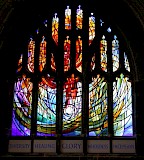
In 1996 the cathedral again suffered damaged when the IRA bomb exploded nearby. Restoration work followed and the ‘Healing Window’ by Linda Walton was installed above the east door in 2004 to mark the completion of this work. In 2016 the Hope Window, designed by Alan Davis, was installed on the other side of the east wall, representing the journey towards new life. The donors also intended it to be a symbol of the strong bond which exists between City and Cathedral. Further recent restoration has included new heating, lighting and flooring together with a splendid new organ, designed by Kenneth Tickell and sponsored by the Stoller Charitable Trust.
